Prevention of HIV-1 transmission through breastfeeding:efficacy of safety of maternal antiretroviral therapy versus infant nevirapine prophylaxis for duration of breastfeeding in HIV-1-infected women with high CD4 cell count (IMPAACT PROMISE)
Citation: Flynn PM, Taha TE, Cababasay M, Fowler MG, Mofenson LM, Owor M, Fiscus S, Stranix-Chibanda L, Coutsoudis A, Ganashanmugam D, Chakhtoura N, McCarthy K, ,Mukuzunga C, Makanani B, Moodley D, Nematadzira T, Kusakara B, Patil S, Vhembo T, Bobat R, Mmbaga BT, Masenya M, Nyati M, Theron G, Mulenga H, Butler K, Shapiro DE, PROMISE Study Team. Prevention of HIV-1 transmission through breastfeeding: efficacy of safety of maternal antiretroviral therapy versus infant nevirapine prophylaxis for duration of breastfeeding in HIV-1-infected women with high CD4 cell count (IMPAACT PROMISE): a randomized, open-label, clinical trial. J Acquir Immune Defic Syndr 2018 Apr 1:77(4):383-392. doi: 10.1097/QAI.0000000000001612. PMID: 29239901, PMCID: PMC5825265.
Access full article:
https://www.ncbi.nlm.nih.gov/pubmed/29239901
BACKGROUND:
No randomized trial has directly compared the efficacy of prolonged infant antiretroviral prophylaxis versus maternal antiretroviral therapy (mART) for prevention of mother-to-child transmission throughout the breastfeeding period.
SETTING:
Fourteen sites in Sub-Saharan Africa and India.
METHODS:
A randomized, open-label strategy trial was conducted in HIV-1-infected women with CD4 counts ≥350 cells/mm (or ≥country-specific ART threshold if higher) and their breastfeeding HIV-1-uninfected newborns. Randomization at 6-14 days postpartum was to mART or infant nevirapine (iNVP) prophylaxis continued until 18 months after delivery or breastfeeding cessation, infant HIV-1 infection, or toxicity, whichever occurred first. The primary efficacy outcome was confirmed infant HIV-1 infection. Efficacy analyses included all randomized mother-infant pairs except those with infant HIV-1 infection at entry.
RESULTS:
Between June 2011 and October 2014, 2431 mother-infant pairs were enrolled; 97% of women were World Health Organization Clinical Stage I, median screening CD4 count 686 cells/mm. Median infant gestational age/birth weight was 39 weeks/2.9 kilograms. Seven of 1219 (0.57%) and 7 of 1211 (0.58%) analyzed infants in the mART and iNVP arms, respectively, were HIV-infected (hazard ratio 1.0, 96% repeated confidence interval 0.3-3.1); infant HIV-free survival was high (97.1%, mART and 97.7%, iNVP, at 24 months). There were no significant differences between arms in median time to breastfeeding cessation (16 months) or incidence of severe, life-threatening, or fatal adverse events for mothers or infants (14 and 42 per 100 person-years, respectively).
CONCLUSIONS:
Both mART and iNVP prophylaxis strategies were safe and associated with very low breastfeeding HIV-1 transmission and high infant HIV-1-free survival at 24 months.
